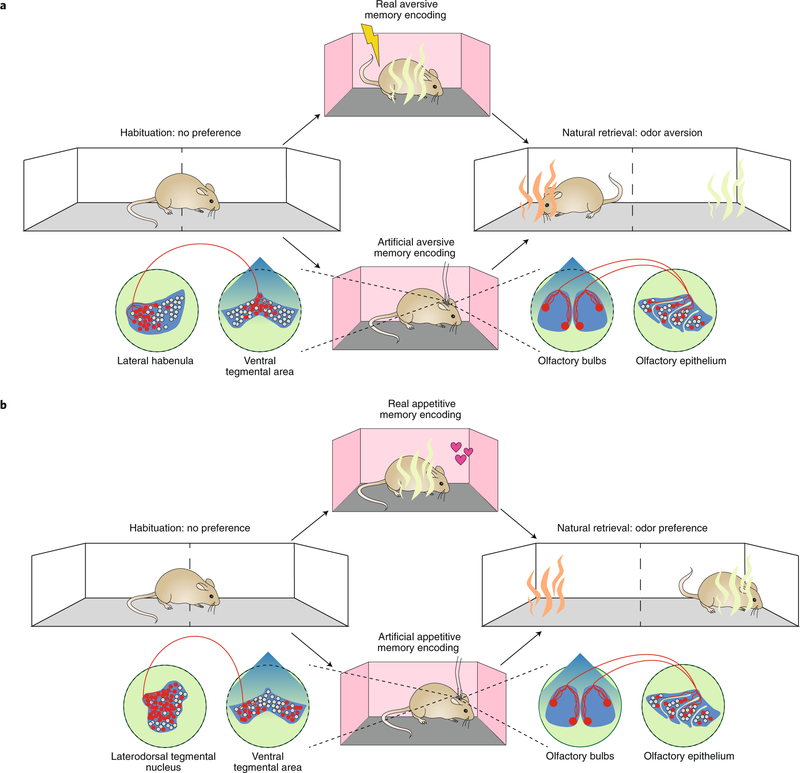Fig. 3 |. Ecphory for an artificially generated engram.
a, In these experiments33, mice formed either a real (top) or an artificial (bottom) odor aversion memory. For the real odor memory, an odor (acetophenone; green) was paired with shock during training. When mice were subsequently presented with the conditioned odor (acetophenone) or a distinct odor (carvone; orange), mice exhibited conditioned aversion to acetophenone. For the artificial odor memory, photostimulation of a specific olfactory glomerulus (M72) was paired with photostimulation of lateral habenula inputs into the VTA. When mice were subsequently tested, they avoided the M72 odorant acetophenone (green), preferring to spend time on the carvone (non-M72 odorant; orange) side of the apparatus. b, In these experiments33, mice formed either a real (top) or an artificial (bottom) odor attraction memory. For the real odor memory, an odor (acetophenone; green) was paired with food during training. When mice were subsequently presented with the conditioned odor (acetophenone) or a distinct odor (carvone; orange), mice exhibited conditioned attraction to acetophenone. For the artificial odor memory, photostimulation of the M72 olfactory glomerulus was paired with photostimulation of laterodorsal tegmental nucleus inputs into the VTA. When mice were subsequently tested, they approached (rather than avoided) the M72 odorant acetophenone (green), even though they had never had never encountered this odor previously.

